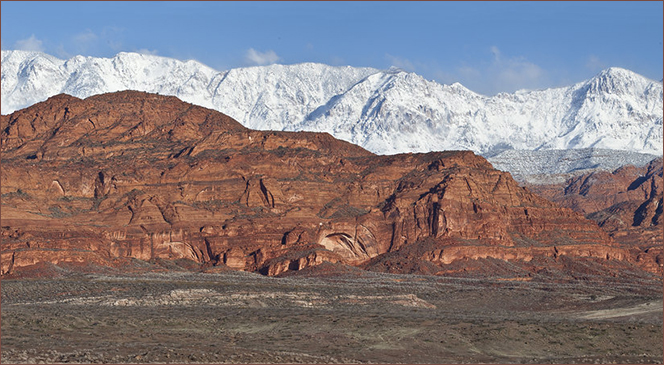A History of Extinctions
———
1 Enfilade. The discovery of a new era required them to rearrange the collections. ‘Rooms opened into other rooms, and I became lost among the echoes of ghostly ambuscades.’
2 ‘It was only on opening the door to the chateau and entering the spacious reception rooms, that one understood why she devoted her life to hunting down the stags whose heads and antlers she arranged on the walls and ceilings.’
3 The room containing the avalanches. ‘Due to the challenges of maintaining the collection, it was decided to restrict the opening hours of the museum to alternate fortnights.’
4 Field recordings recalled the voices of vanished songbirds. To convey the loss of the forest, the room was empty except for a tape recorder and a small wooden chair.
5 The part of the album containing only dark pages. Suggesting the inability to receive new impressions, this has been described as a symbol of complicated grief.
6 ‘The eclipse went on and on until eventually the moon was declared lost.’
7 The discovery that the world had been burning, even when the fires went unnoticed. It was only then that they realised that the floor of the museum was covered with a layer of ash, in which their footsteps left deep but silent traces.
ANNEXE
September 27, 2019
Alison Glenny lives on the Kapiti coast. Her Antarctic-themed collection of prose poems and fragments, The Farewell Tourist, was published by Otago University Press in 2018.

